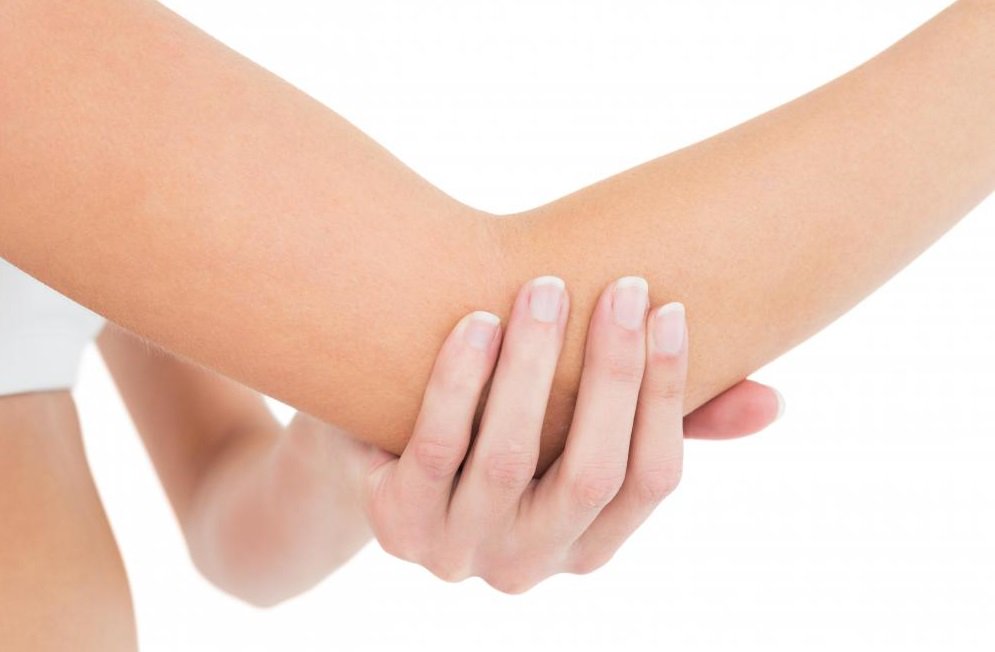Elbow Pain
When experiencing elbow pain, the first course of action for many people is to reach for over-the-counter solutions. One option is nonsteroidal anti-inflammatory drugs (NSAIDs), such as ibuprofen or aspirin. These medications work by reducing inflammation and relieving pain. However, it’s important to follow the recommended dosage and not exceed the daily limit, as long-term use can lead to gastrointestinal issues.
Another common over-the-counter solution is topical creams or gels, which are applied directly to the affected area. Some contain menthol or camphor, which provide a cooling sensation and may help alleviate pain. Others contain capsaicin, which produces a warming sensation and has been shown to reduce pain in some studies. It’s important to read the label carefully before using these products and consult with a healthcare professional if you have any concerns about possible side effects.
While over-the-counter solutions can be effective in providing relief from elbow pain, it’s important to address the underlying cause of your symptoms. If your pain persists or worsens despite these treatments, it may be time to seek medical attention from a healthcare professional who can diagnose your condition and recommend an appropriate treatment plan.
Causes of Elbow Pain
Elbow pain can be caused by various factors, including overuse, injury, and age-related wear and tear. One cause of elbow pain is tennis elbow, which is a type of tendinitis that affects the outer part of the elbow. Tennis elbow is often caused by repetitive motions such as playing tennis or other racquet sports, painting or typing for long periods of time.
Another common cause of elbow pain is golfer’s elbow, which affects the inner part of the elbow. Golfer’s elbow can also result from repetitive motions such as golf swings or throwing a ball. Other causes of elbow pain may include arthritis, bursitis, nerve compression syndromes (such as cubital tunnel syndrome), and fractures.
Over-the-counter solutions for managing mild to moderate cases of elbow pain may include nonsteroidal anti-inflammatory drugs (NSAIDs) such as ibuprofen or naproxen sodium. These medications can help reduce inflammation and alleviate discomfort. In addition to medication management, rest and ice therapy may be recommended to help manage symptoms and promote healing. Gentle stretching exercises may also be helpful in preventing further injury while strengthening the muscles surrounding the joint.
Available Treatments
If you’re suffering from a mild sprain or strain, there are a few treatments available that can help you alleviate your symptoms. One of the most popular options is an aerosol spray, which can be applied directly to the affected area to provide quick relief from pain and inflammation. These sprays often contain high levels of menthol or other cooling agents that work to numb the area and reduce swelling.
Another option for those dealing with elbow injuries is an elbow brace. These braces come in various shapes and sizes and are designed to support your elbow joint while also reducing pressure on any injured ligaments or tendons. They can be especially helpful if you’re experiencing chronic pain or discomfort in your elbow joint, as they allow you to continue with daily activities without exacerbating your symptoms.
Ultimately, whether you choose an aerosol spray or an elbow brace will depend on the severity of your injury and personal preference.
Over-The-Counter Solutions
Over-the-counter solutions are a convenient and cost-effective way to manage elbow pain. Some common over-the-counter medications include nonsteroidal anti-inflammatory drugs (NSAIDs) such as ibuprofen, naproxen, and aspirin. These medications can help reduce inflammation and relieve pain caused by conditions such as tennis elbow or golfer’s elbow.
Another option for managing elbow pain is topical creams or gels containing ingredients like menthol or capsaicin. These products work by numbing the area or creating a warming sensation that can help alleviate discomfort.
In addition to medication and topical treatments, Among the most commonly used solutions are aerosol sprays and elbow braces. These two products offer quick and easy ways to address different types of discomfort.
Aerosol sprays provide a convenient way to treat muscle soreness, joint pain, and inflammation. They work by delivering medication or natural ingredients directly to the affected area through a fine mist. Many aerosol sprays also contain cooling or warming agents that help soothe discomfort. Some popular options include topical analgesics like Bengay or Icy Hot, as well as natural remedies like arnica spray.
Elbow braces are another effective over-the-counter solution for those dealing with elbow pain caused by arthritis, tennis elbow, or other injuries.
Benefits of OTC Solutions
Using over-the-counter (OTC) solutions for elbow pain can provide numerous benefits. One of the most significant advantages is convenience. Unlike prescription medications, OTC options are readily available at local drugstores and supermarkets, making them easy to obtain without a doctor’s visit or prescription. This saves both time and money, making it an ideal option for people with busy lifestyles or those who don’t have comprehensive medical insurance.
Another benefit of using OTC solutions for elbow pain is that they are generally considered safe when used as directed. Many OTC products contain familiar ingredients like acetaminophen or ibuprofen, which have been proven effective in reducing inflammation and relieving pain associated with conditions like tennis elbow or golfer’s elbow. Additionally, these products typically come with detailed instructions on proper dosages and potential side effects, so users can make informed decisions about their health.
Lastly, OTC solutions offer a level of flexibility that prescription medications do not. They allow individuals to adjust their dosage based on how they’re feeling at any given time without consulting a doctor first. This means that if someone experiences temporary relief from their symptoms but then has a flare-up later on in the day or week, they can take additional medication as needed to manage their discomfort effectively.
Potential Risks and Side Effects
While over-the-counter pain relief medication may be a quick fix for elbow pain, it’s important to note that they come with potential risks and side effects. Nonsteroidal anti-inflammatory drugs (NSAIDs) are often used to relieve pain and inflammation, but can lead to stomach ulcers, kidney problems, and increased risk of heart attack or stroke when used in high doses or long-term. Topical analgesics can cause skin irritation or allergic reactions.
Another potential risk is misdiagnosis or self-diagnosis of the underlying condition causing elbow pain. This can lead to delayed treatment or worsening of the condition. It’s crucial to consult a healthcare professional before using any over-the-counter solution for elbow pain.
Furthermore, it is important not to exceed the recommended dosage on the packaging. Overdosing on over-the-counter medication can have serious consequences such as liver damage or anemia in some cases. If you experience any adverse reactions from taking over-the-counter solutions for your elbow pain, be sure to speak with your doctor right away.
Conclusion
In conclusion, an over-the-counter solution for elbow pain can be a convenient and affordable option for those seeking relief. However, it’s important to note that not all medications are created equal. When selecting a product, make sure to read the label carefully and follow the instructions precisely. Additionally, if your symptoms persist or worsen after using an over-the-counter solution, it may be time to consult with a healthcare professional.
It’s also worth mentioning that while medication can provide temporary relief, it’s not a long-term solution for chronic elbow pain. It’s important to identify the underlying cause of your pain and address it through physical therapy or other treatments recommended by your doctor. Finally, incorporating preventive measures such as proper stretching before exercise and maintaining good posture throughout the day can help prevent future episodes of elbow pain.





